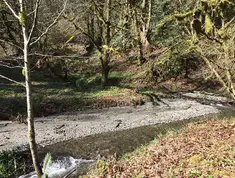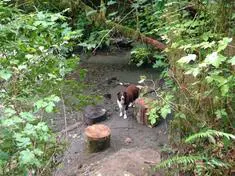Posts made on July 2022

Forterras Wood Creek Future Land Use Scenarios Document in HTML
New official document regarding the future land-use scenarios for the Wood Creek Watershed

City of Everett Future Land Use Scenarios
We were just given a new official document regarding the future land-use scenarios for the Wood Creek Watershed.
